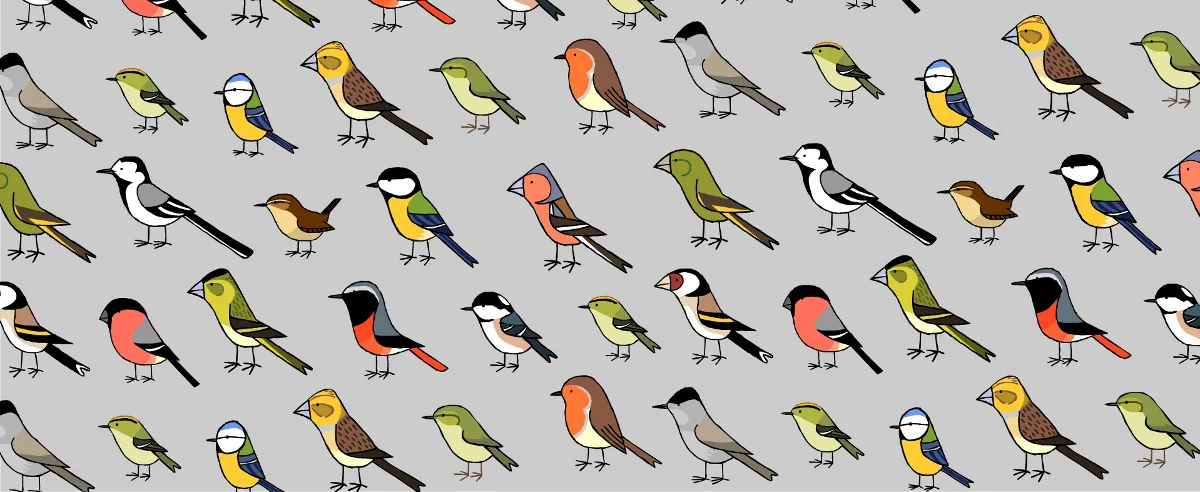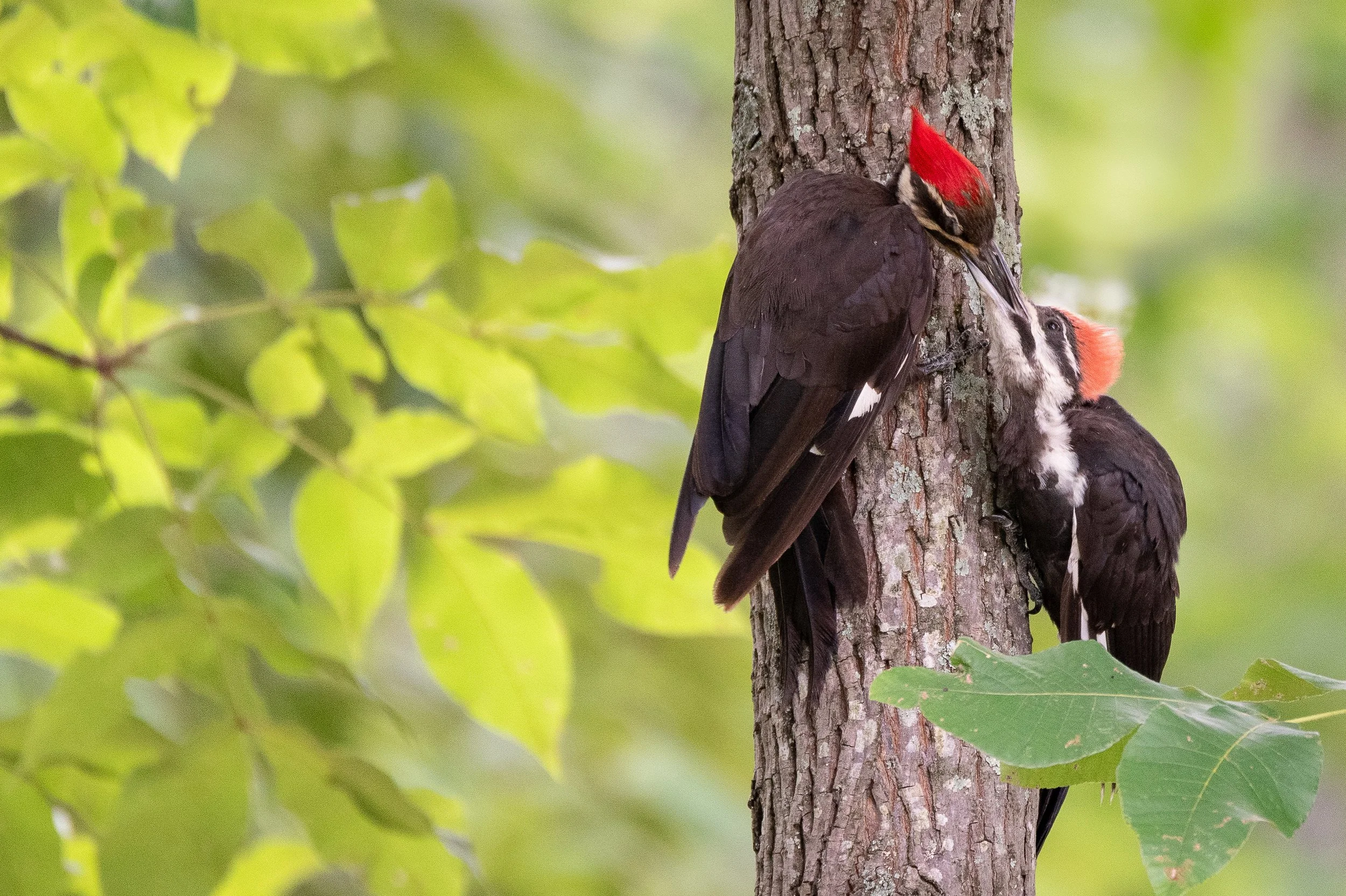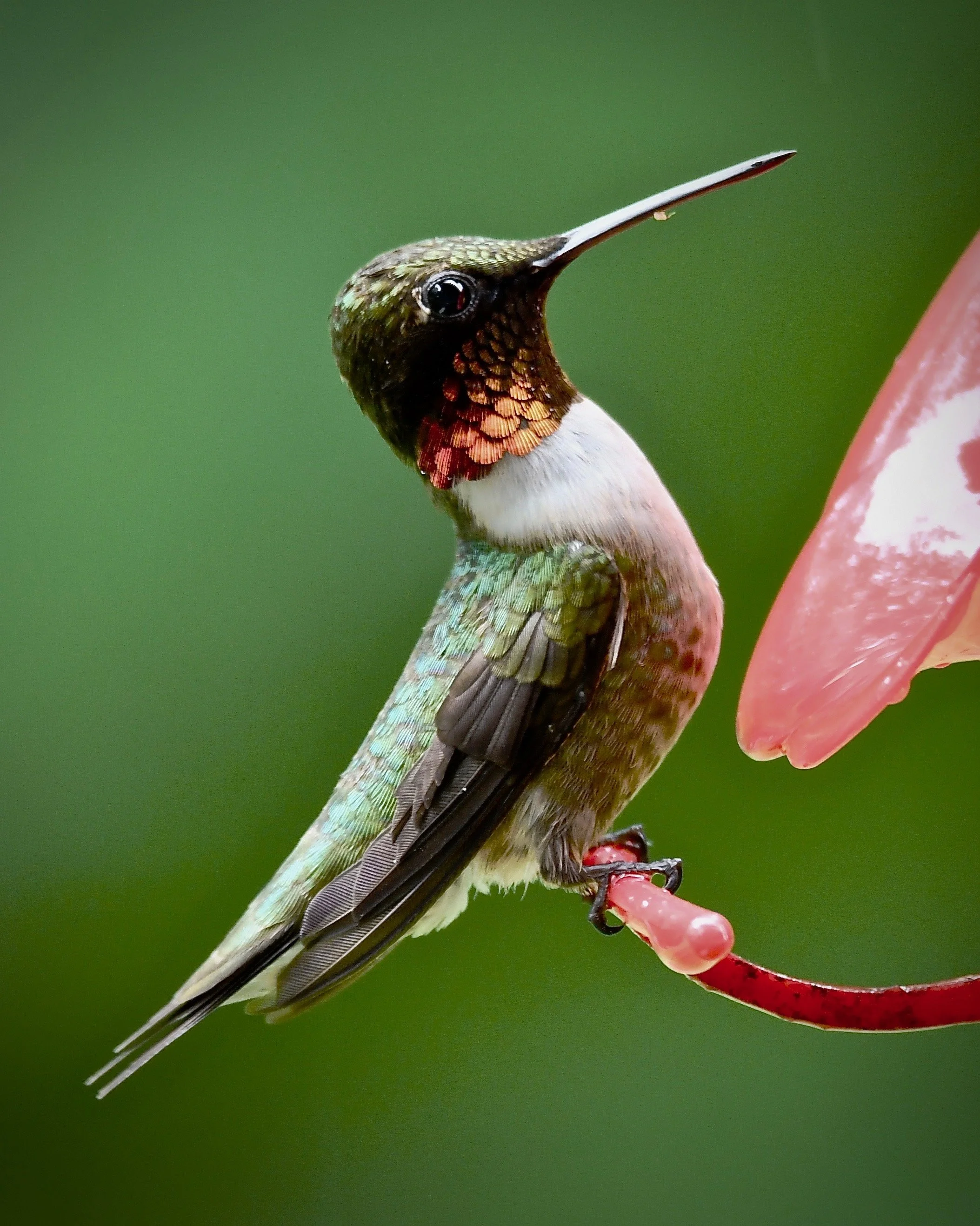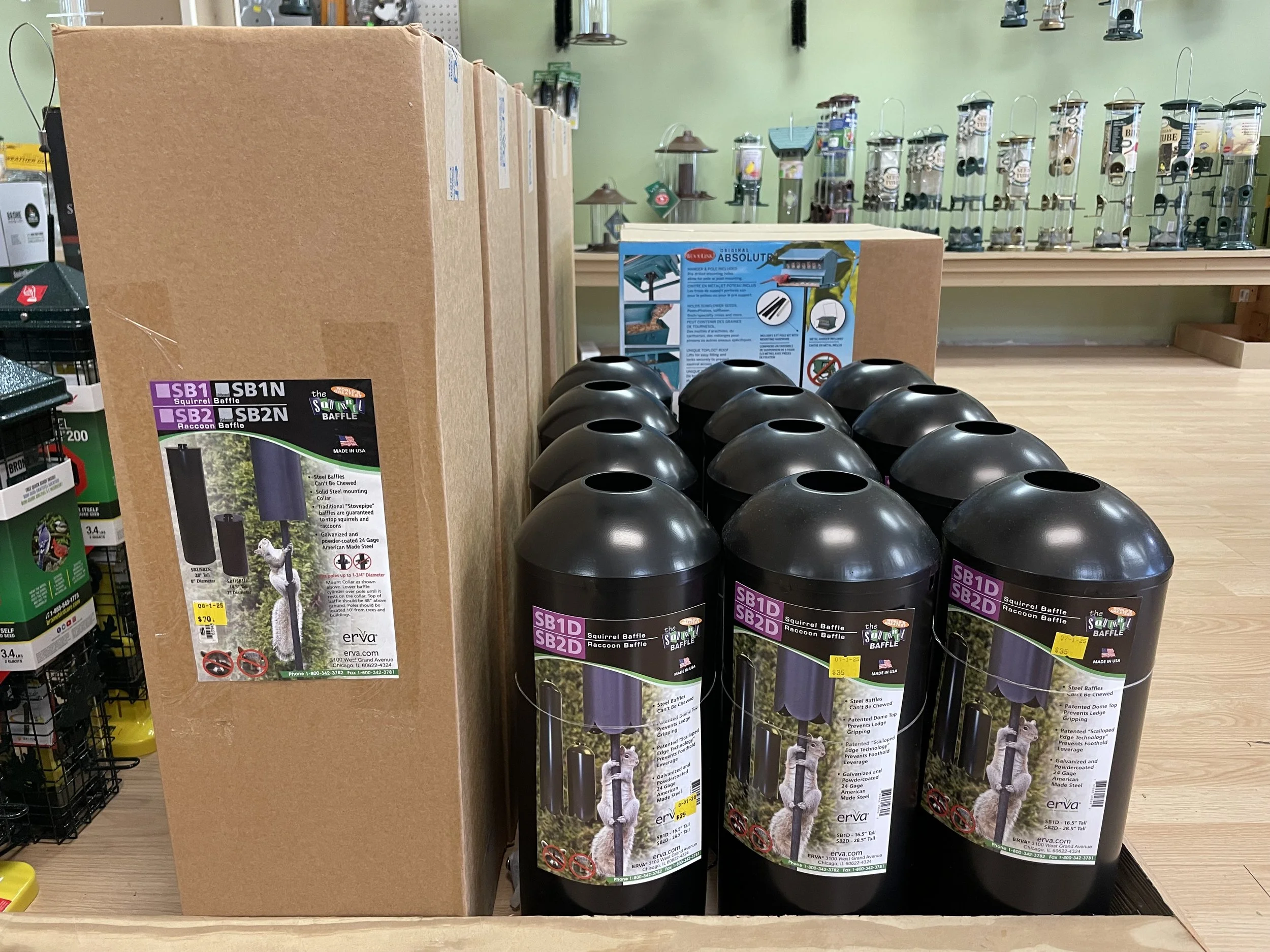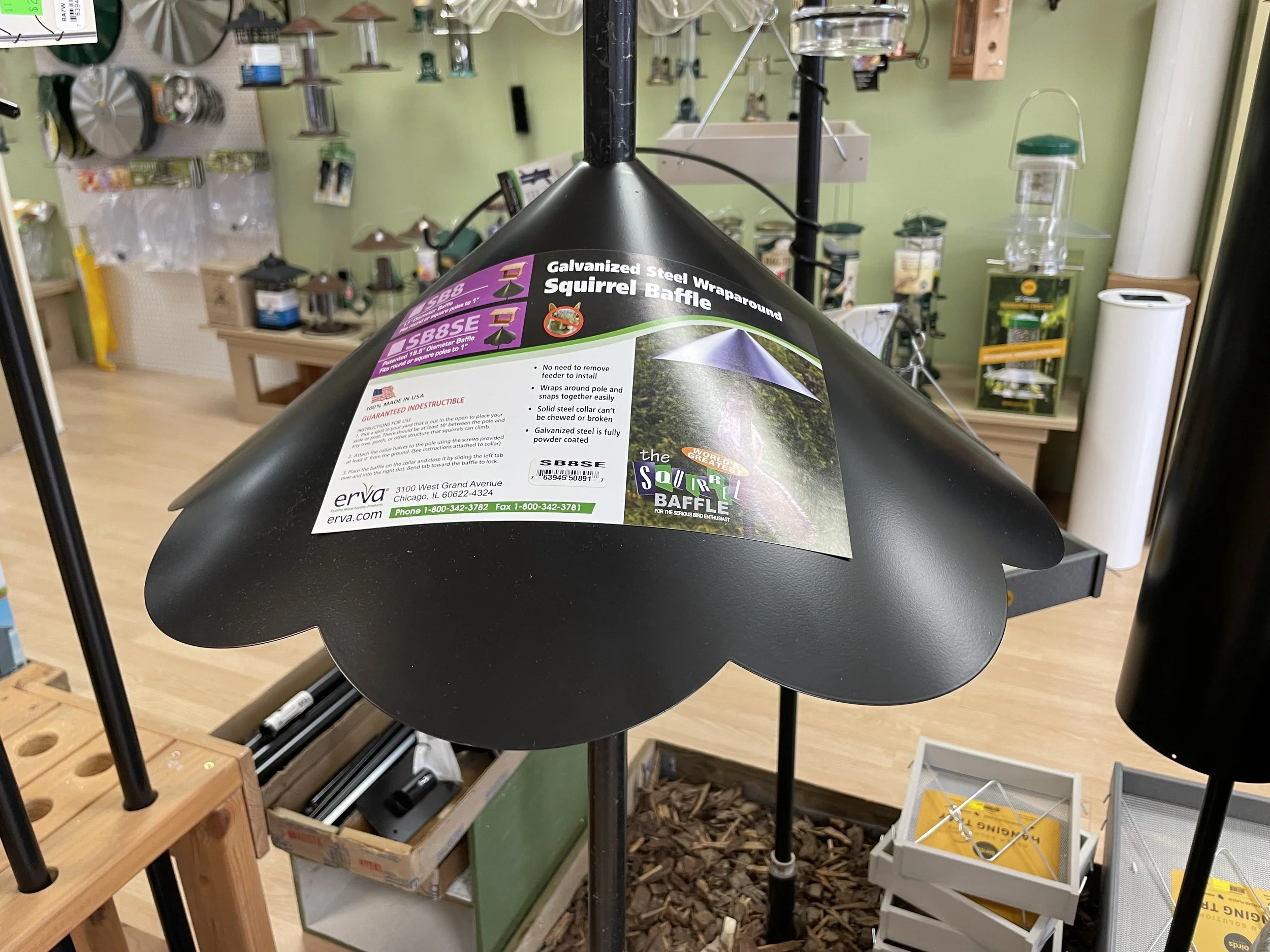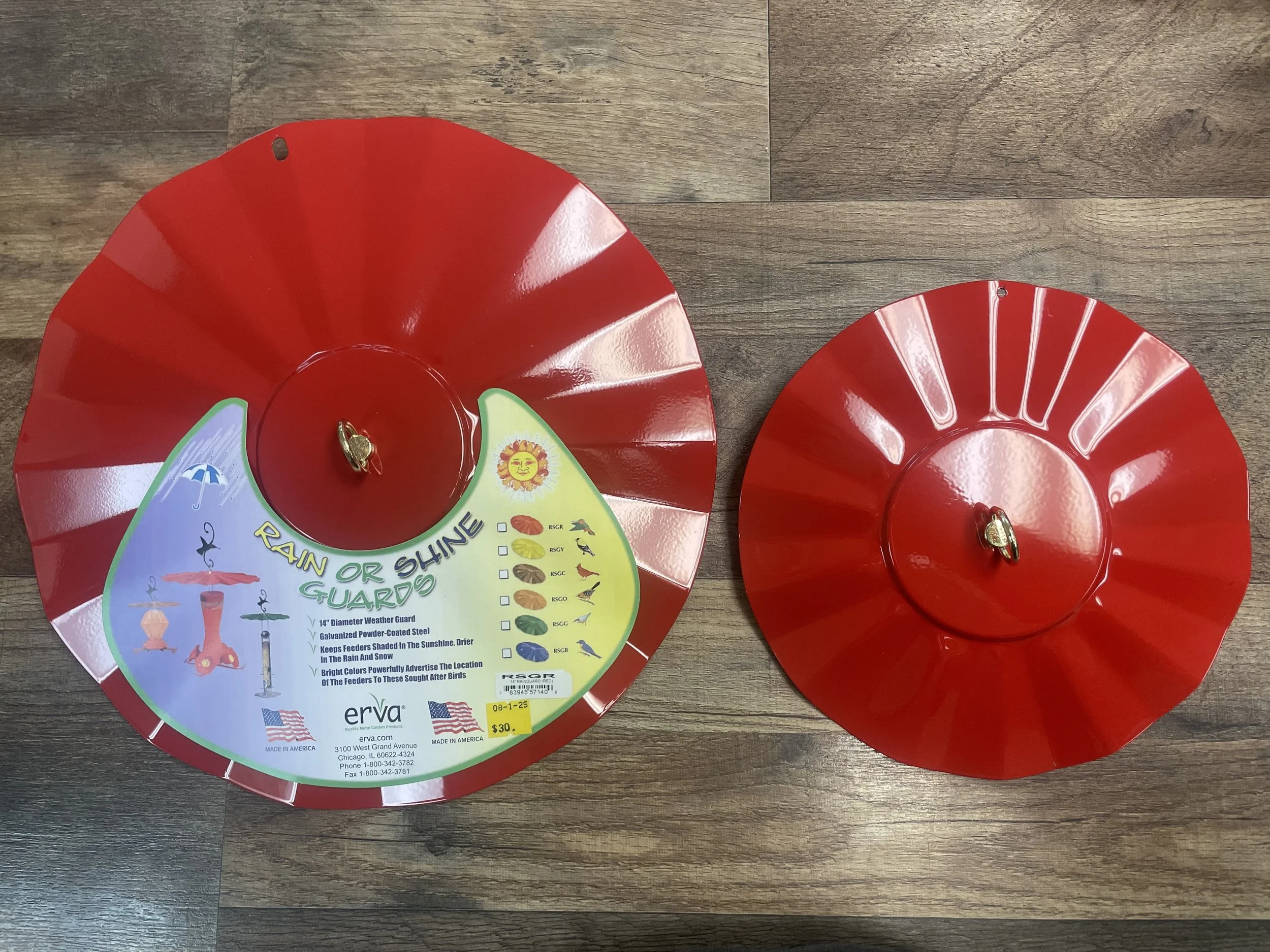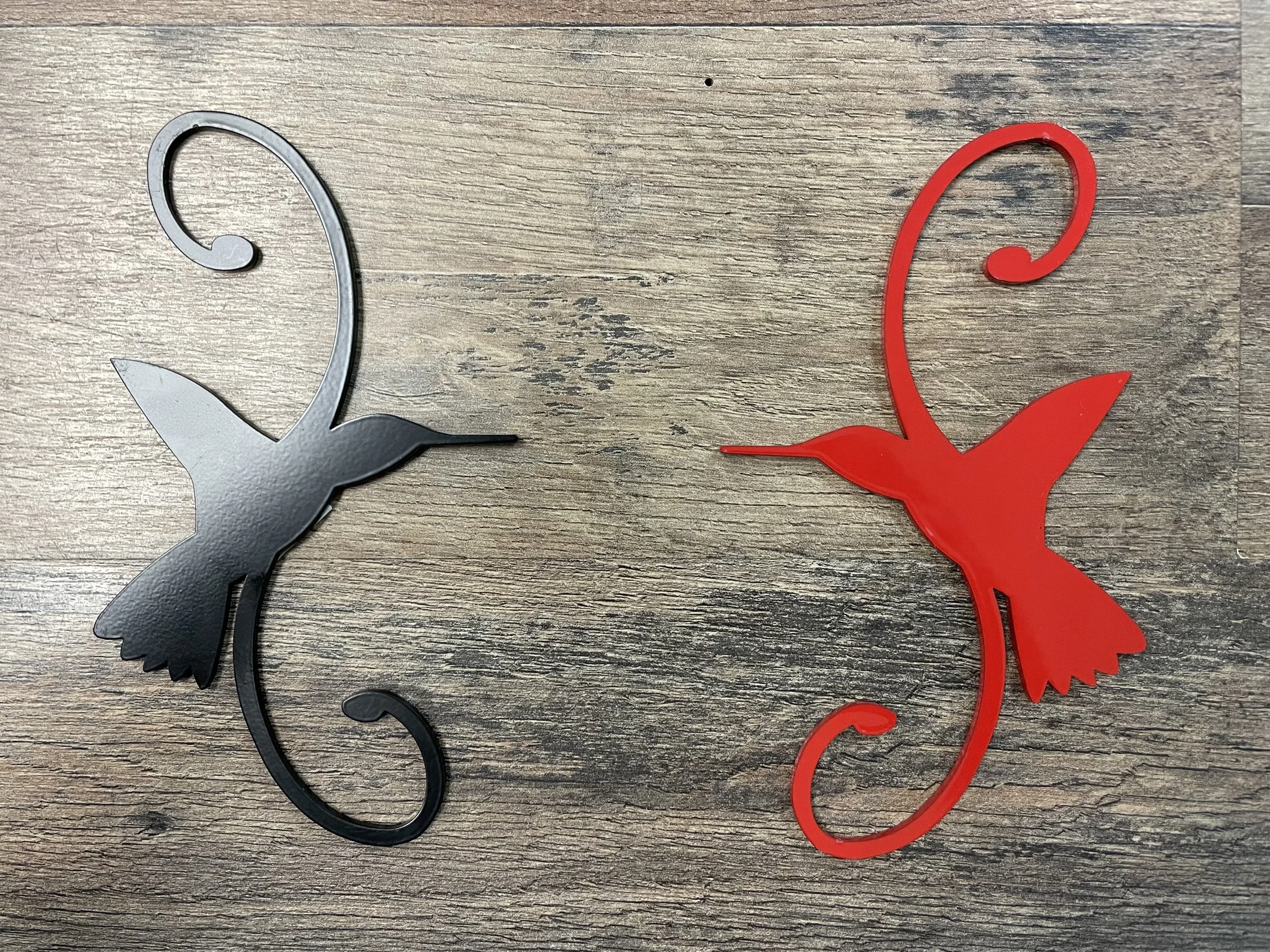Fall Migration
With summer winding down and autumn right around the corner, Fall Migration is underway! We love Fall Migration at the Wood Thrush Shop. Few things serve as a better distraction to the trickle of House Finches and raggedy bald Cardinals at our feeders than the chance at seeing something unusual that requires the retrieval of a field guide off the book shelf!
Just the other day while passing through Ashland City, I observed four Great Egrets in the mud flats of Marrowbone Creek. These large, graceful members of the Egret family can be found the world over, but are most commonly seen here in Middle Tennessee during the Spring and Fall Migrations.
With Fall Migration also comes the nonbreeding plumage warblers, which can provide a fun challenge for the enthusiastic birder. As the breeding season has concluded, not only are many species no longer sporting their vibrant spring plumage, the males are also no longer singing their distinctive songs to aid in identification.
Don’t have time to go traveling around to find interesting birds? That is one of the great things about the migration months, sometimes the birds come to you! For example, both of these warblers below were right out in my own front yard. Birding can’t get much easier than that!
A Record Hummingbird
Last week, the small town of Dover, TN. was the location of a new record in the birding world, thanks to an important discovery made by Cyndi Rutledge and Southeastern Avian Research! While banding hummingbirds, in the backyard of a resident, they re-captured a male Ruby-throated Hummingbird by the name of K78219. So, what’s so special about K78219 you ask yourself? This particular hummingbird has the distinction of being the oldest known Ruby-throated Hummingbird on record!
First captured on July 14th, 2017, K78219 was so unbothered by his capture that he returned and was caught again in 2018, 2020, and 2021. He didn’t resurface again until August of 2024, where he was calculated to be at least 8 years and 2 months old. Excitement began to build during the offseason with the knowledge that if the bird returned the following year, it might be a record.
Sure enough, on July 22nd 2025, K78219 was captured again at the ripe age of 9 years and 1 month old, making him the oldest ever male Ruby-throated Hummingbird! This story doesn’t end there, though… A month later on August 20th, the same bird was captured again, putting its age at 9 years, 2 months, and 20 days, officially making it the oldest Ruby-throated Hummingbird ever captured!
The Oldest Ruby-throated Hummingbird Ever Recorded
Photo Credit: Cyndi Rutledge, Southeastern Avian Research

